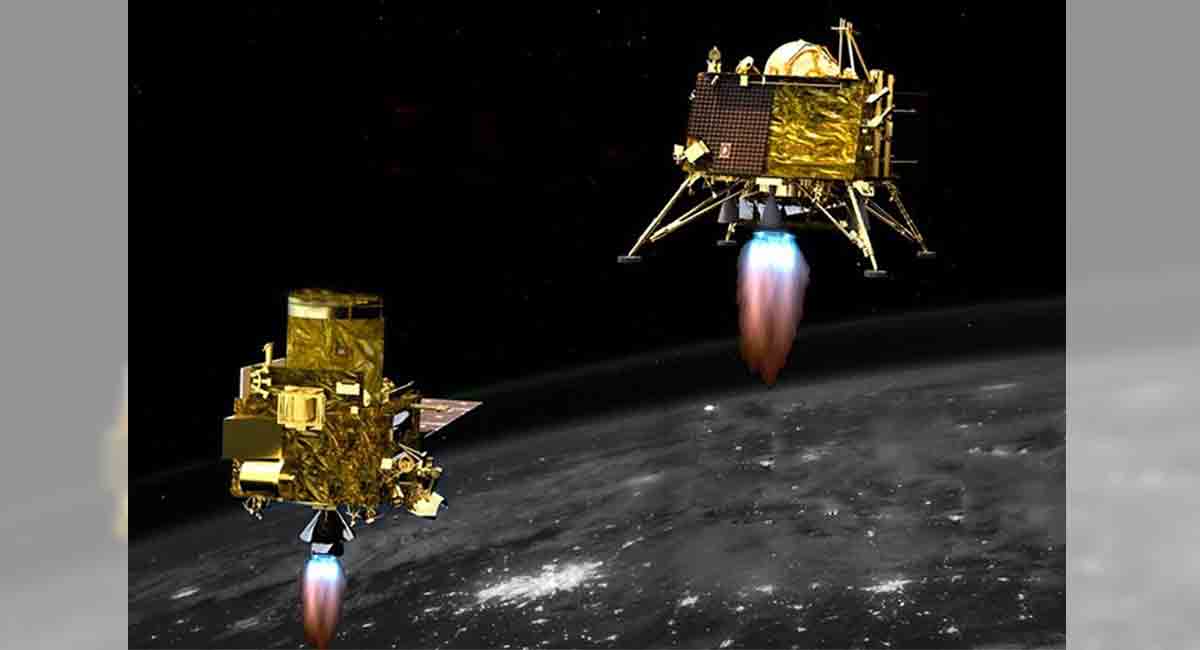In a momentous feat of scientific prowess, the Indian Space Research Organisation (ISRO) has once again captured the world’s attention with its Chandrayaan-3 mission. The mission’s primary objective was to achieve a successful lunar touchdown, building upon the lessons learned from the Chandrayaan-2 mission. This article delves into the intricacies of the Chandrayaan-3 mission, its significance, and the groundbreaking achievements that set it apart.
Unveiling Chandrayaan-3: A Mission Overview
Chandrayaan-3 represents a remarkable step forward in India’s space exploration journey. This mission was meticulously crafted to rectify the landing issues faced during the Chandrayaan-2 mission, which included the unfortunate loss of the Vikram lander during its descent to the lunar surface. With Chandrayaan-3, ISRO aimed to not only replicate its previous successes but also address the challenges that impeded a successful landing.
Engineering Excellence: The Lander and Rover Duo
Central to Chandrayaan-3’s triumph is its meticulously designed lander and rover duo. Building upon the technology developed for the previous mission, ISRO engineers fine-tuned the landing mechanisms, navigation systems, and communication interfaces. This precision engineering minimized the risks associated with lunar landings and ensured that the rover could continue its scientific exploration on the moon’s surface.

Navigating Challenges: Trajectory and Communication
One of the mission’s most critical aspects was plotting a trajectory that would facilitate a smooth lunar descent. ISRO’s scientists and engineers employed advanced computational models to calculate the optimal path, accounting for gravitational forces, terrain irregularities, and other celestial variables. Additionally, enhancements in communication systems were implemented to maintain a robust link between Earth and the lunar lander throughout its journey.
Scientific Payload: Advancing Lunar Research
Chandrayaan-3 carried a suite of advanced scientific instruments to expand our understanding of the moon’s geology, composition, and environment. The rover’s onboard instruments, including high-resolution cameras, spectrometers, and seismometers, allowed for detailed analyses of lunar features. This invaluable data not only contributes to lunar science but also has broader implications for planetary formation and evolution.
International Collaboration: The Global Scientific Community
ISRO’s achievements have garnered international acclaim and fostered collaboration with various space agencies and research institutions. Chandrayaan-3’s success serves as a testament to the power of global partnerships in pushing the boundaries of space exploration. By sharing knowledge, expertise, and resources, the scientific community as a whole benefits from the insights gained through these collaborative efforts.
Inspiring the Future: Education and Outreach
Beyond its scientific contributions, Chandrayaan-3 has ignited a sense of wonder and curiosity among students, aspiring scientists, and the general public. ISRO’s commitment to education and outreach programs ensures that the mission’s impact extends far beyond the confines of the scientific realm. By nurturing young minds and fostering a passion for space exploration, Chandrayaan-3 paves the way for the next generation of innovators.
Conclusion: A Resounding Success and a Bright Future
In conclusion, the triumphant success of ISRO’s Chandrayaan-3 mission marks a significant milestone in India’s space exploration journey. The mission’s meticulous planning, engineering excellence, and dedication to scientific discovery have paved the way for groundbreaking lunar research. Chandrayaan-3’s achievements stand as a testament to human ingenuity, international collaboration, and the pursuit of knowledge that knows no bounds.
As the skies continue to beckon, the success of Chandrayaan-3 fuels aspirations for even more ambitious space exploration endeavors, captivating the world with the promise of new discoveries, insights, and the boundless expanse of the universe.

